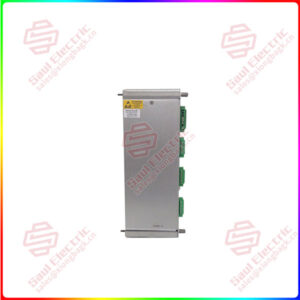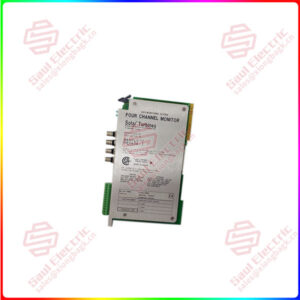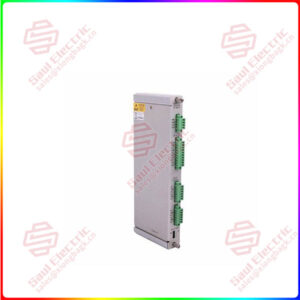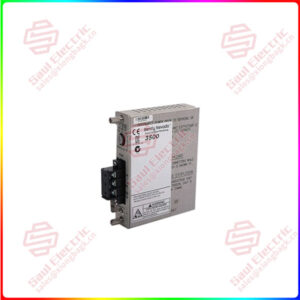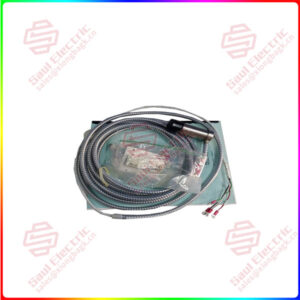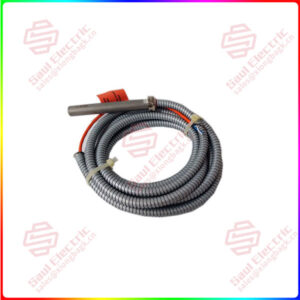Description
Overview
Essential details:PR6423/014-111+CON041 Eddy Current Displacement Transducer
The PR6423/014-110+CON021 eddy-current sensor is a non-contact eddy-current transmitter from EPRO that is suitable for a variety of critical turbo-mechanical applications such as steam, gas compressors and hydro turbo-machinery. Its main purpose is to measure static and dynamic shaft displacement, including but not limited to axial and radial shaft displacement, shaft eccentricity, shaft vibration, bearing abrasion and wear resistance, oil film thickness measurement and crack detection.
The sensor is designed with a highly integrated internal circuit module, making the overall design more compact, and the supplier can provide the necessary technical support and system solutions. At the same time, it adopts the phase vertical structure, making the debugging process more simple and safe, greatly simplifying the design application and shortening the development time.
In addition, the PR6423/014-110+CON021 eddy current displacement sensor complies with a range of industrial and international standards, such as API 670, DIN 45670 and ISO 10817-1, proving its wide range of applications and high reliability. It can also operate in explosive areas, such as Eex ib IIC T6/T4, making it useful in a wide range of industrial applications.
In addition, the PR6423/014-110+CON021 vortex displacement sensor also has the advantages of easy maintenance and flexible design. If there is a fault in the product application, just replace the faulty module to return to normal operation. In the middle of the design, if you need to change the scheme, you only need to change the relevant modules, without modifying the entire power supply circuit.
Overall, the PR6423/014-110+CON021 eddy current displacement sensor is an excellent and versatile displacement measurement device that can meet the needs of a wide range of industrial applications.
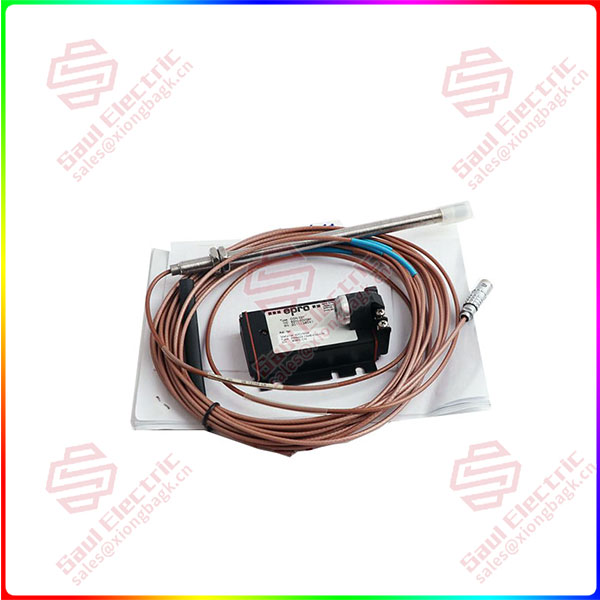
PR6423/003-030-CN
lf you need to inquire or purchase ,please send the product models to my email or call medirectly .
sunny He
[Email] sales@xiongbagk.cn
[Mobile] 86-18059884797
[WhatsApp] 86-18059884797
[Skype] sales@saulcontrol.com
PR6423/014-111+CON041 Eddy Current Displacement Transducer


 1 Year Warranty
1 Year Warranty
